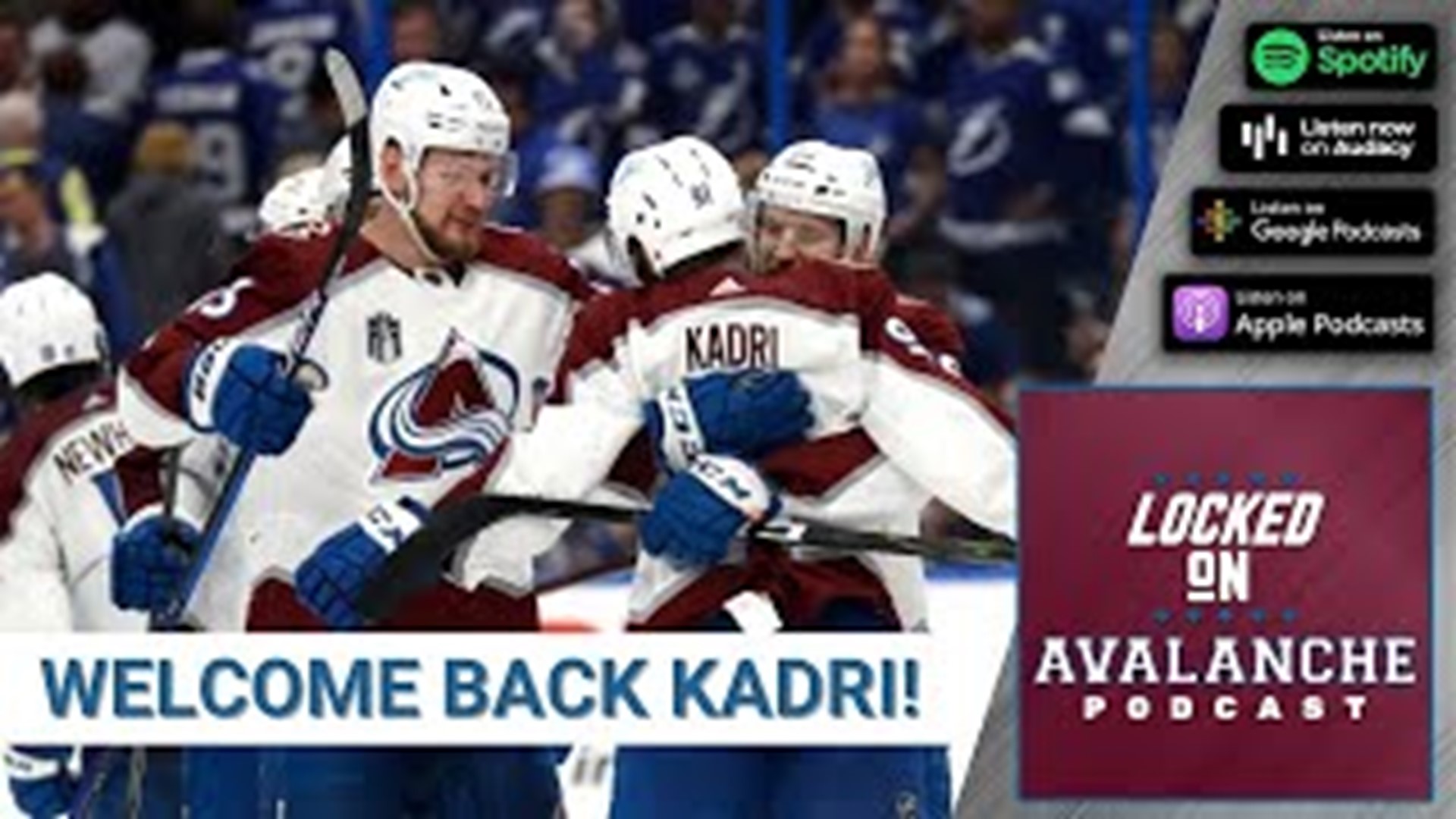DENVER — We see it in every hockey game. Players enter the ice while the player they are replacing is skating to the bench.
Often you can see six or more skaters touching the ice during the change, but is that too many men on the ice? Technically, no.
As written in the National Hockey League's (NHL) rulebook, rule 74 spells out how the "too many men" penalty is called. Shortened down, it is a judgment call by the officials on the ice.
>Video above: Locked on Avalanche Podcast.
There are factors that go into the call, such as possession of the puck and proximity to the play or the bench.
The rule states "players may be changed at any time during the play from the players’ bench provided that the player or players leaving the ice shall be within five feet (5') of his players’ bench and out of the play before the change is made."
Leading up to the overtime goal, Avalanche forward, Nazem Kadri is on the ice before Nathan MacKinnon is within five feet of the team's bench.
However, MacKinnon is out of the play, onside and within five feet of the bench when Kadri plays the puck.
"When a player is retiring from the ice surface and is within the five
foot (5’) limit of his players’ bench, and his substitute is on the ice,
then the retiring player shall be considered off the ice for the purpose
of Rule 70 – Leaving Bench," according to the rulebook.
The rule goes on to address this as a judgment call, "at the discretion of the on-ice officials, should a substituting player come onto the ice before his teammate is within the five foot (5’) limit of the players’ bench (and therefore clearly causing his team to have too many players on the ice), then a bench minor penalty may be assessed."
As with judgment calls, there will be some who agree and some who disagree. When it comes down to it, the officials on the ice did not see a situation that deserved a 'too many men on the ice' penalty.
After Wednesday's game, NHL Hockey Operations issued the following statement:
"A too many men on the ice penalty is a judgment call that can be made by any of the four on-ice officials. Following the game, Hockey Operations met with the four officials as is their normal protocol. In discussing the winning goal, each of the four officials advised that they did not see a too many men on the ice situation on the play. This call is not subject to video review either by Hockey Ops or the on-ice officials."
SUGGESTED VIDEOS: Sports

